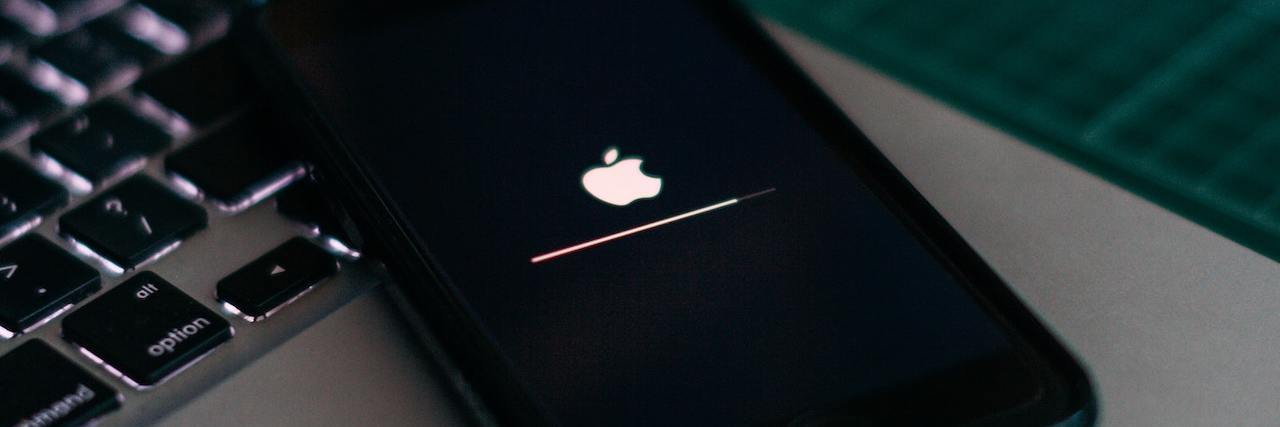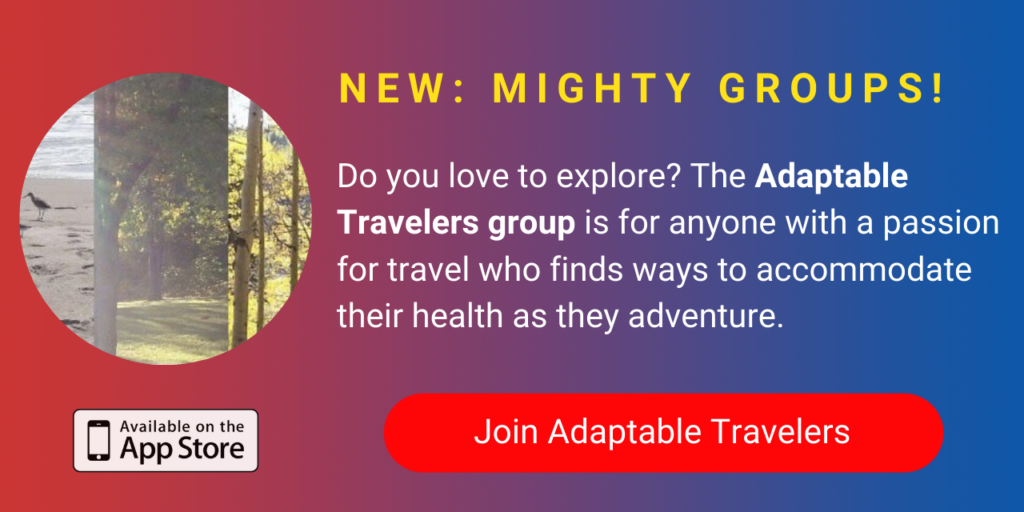What happened: At its Worldwide Developers Conference this week, Apple announced accessibility improvements to its iPhone 14 operating systems — iOS 14 and tvOS 14. Due to be released later this year, the features are a boon to users with visual, hearing, and motor disabilities, among other conditions. The new technology includes the following:
- Sound recognition in iOS 14 will allow one to listen for 14 noises, including doorbells, sirens, smoke detectors, and crying babies.
- Improvements to the VoiceOver screen reader will include reading text from images and photos.
- A Back Tap feature can replace screen gestures that are difficult to perform for people with motor and cognitive disabilities. To access the notification center, all one needs to do is tap the back of the iPhone.
- iOS 14 also has the ability to detect when someone is using sign language on FaceTime and to make that person easier to see.
- tvOS will soon work with Microsoft Xbox’s adaptive controller.
- The iPhone also makes headphone accommodations that adjust the sound frequencies of select Apple and Beats headphones to better match your hearing. These features result in sound that is more “crisp and clear.”
While Apple isn’t the first company to introduce such features, that such a widely used operating system is becoming more accessible will spur further industry innovation for disabled people. For its part, the Android 11 will provide measurable upgrades to its voice controls.
With Back Tap, you can perform various action by double or tripple tap on the back of your iPhone. Here’s one I set double tap to take screenshot. pic.twitter.com/uZKv4Cjorf
— Aditya Daniel (@adityadaniel) June 23, 2020
The Frontlines: Since a large minority of the population has at least one disability (about 25% of people), technology companies can tap into a growing customer base by making its products more accessible. However, many people with disabilities face barriers to using the internet.
- The U.S. Centers for Disease Control and Prevention (CDC) estimates that roughly one in four Americans has some kind of disability
- Even a conservative figure indicates that 5 million people are hard of hearing, deaf, blind or have low vision that account for the biggest barriers to using the internet
- 71% of people with disabilities leave a website immediately if it is not accessible
Get more on disability: Sign up for our weekly disability newsletter.
A Mighty Voice: Our contributor, Madison Conway, shared how much further we must go to integrate everyone with disabilities into all aspects of living; “I’m frustrated by the fact that [almost] 30 years after the Americans With Disabilities Act was passed, too often people with disabilities still might as well be told they must climb Mount Everest just to participate in life as fully as anyone else.” You can submit your first person story, too.
From Our Community:
What do you use to get online? Mini? Laptop? Grateful4answer
Add your voice:
Other things to know: As the following articles illustrate, the difference between accessibility and inaccessibility amounts to the rights disabled people have to get their basic needs met and to live their lives as fully as anyone else.
- Instagram Adds Automatic and Customizable Alternative Text for Those With Visual Impairment
- Microsoft Announces Xbox Adaptive Controller for Gamers With Disabilities
- When a Restaurant Didn’t Value Me as a Disabled Customer
How to take action: Want to learn more about how to utilize accessibility features on the internet? Here are 11 ways that Google is making the world wide web more welcoming for disabled people.
Header image via Szabo Viktor on Unsplash


